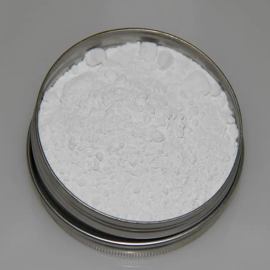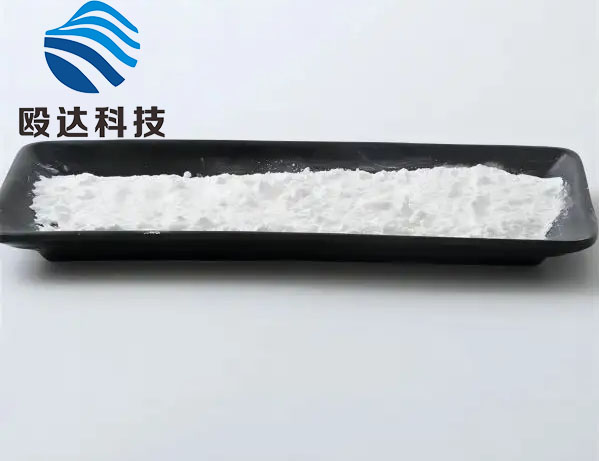-
Categories
-
Pharmaceutical Intermediates
-
Active Pharmaceutical Ingredients
-
Food Additives
- Industrial Coatings
- Agrochemicals
- Dyes and Pigments
- Surfactant
- Flavors and Fragrances
- Chemical Reagents
- Catalyst and Auxiliary
- Natural Products
- Inorganic Chemistry
-
Organic Chemistry
-
Biochemical Engineering
- Analytical Chemistry
- Cosmetic Ingredient
-
Pharmaceutical Intermediates
Promotion
ECHEMI Mall
Wholesale
Weekly Price
Exhibition
News
-
Trade Service
Uridine(5')tetraphospho(5')uridine tetrasodium salt is a synthetic compound that is commonly used in various applications in the chemical industry.
It is a versatile molecule that can be synthesized using a variety of methods, each with its own advantages and disadvantages.
One of the most common methods of synthesizing uridine(5')tetraphospho(5')uridine tetrasodium salt involves the use of phosphorylation reactions.
In this process, uridine is first converted into uridine-5-monophosphate (UMP) using a phosphorylating agent such as pyrophosphate or tripolyphosphate.
This intermediate is then converted into uridine-5-bisphosphate (UBP) using a second phosphorylation step, typically involving the enzyme uridine kinase.
Next, the UBP is converted into uridine-5-tetraphosphate (UTP) using a series of enzymatic reactions, typically involving the enzymes uridine-5-bisphosphate pyrophosphatase and uridine-5-tetraphosphate decarboxylase.
Finally, the UTP is converted into the desired tetrasodium salt form of the compound using a variety of methods, including hydrolysis, exchange reactions, or nucleophilic substitution reactions.
An alternative method of synthesizing uridine(5')tetraphospho(5')uridine tetrasodium salt involves the use of electrophilic substitution reactions.
In this process, uridine is converted into its corresponding phosphate ester using a phosphorylating agent such as phosphorus oxychloride or phosphorus trichloride.
This intermediate is then converted into the desired tetrasodium salt form of the compound using a variety of methods, including base hydrolysis, acid-base reactions, or nucleophilic substitution reactions.
Another method of synthesizing uridine(5')tetraphospho(5')uridine tetrasodium salt involves the use of enzymatic reactions.
In this process, uridine is converted into its corresponding phosphate ester using an enzyme such as uridine phosphorylase.
This intermediate is then converted into the desired tetrasodium salt form of the compound using a variety of methods, including hydrolysis, exchange reactions, or nucleophilic substitution reactions.
Overall, the synthesis of uridine(5')tetraphospho(5')uridine tetrasodium salt is a complex process that requires careful control of reaction conditions to ensure the formation of the desired product.
The selection of a particular synthesis route will depend on a variety of factors, including the availability and cost of starting materials, the desired purity and yield of the final product, and the intended use of the compound.
Regardless of the route chosen, the synthesis of uridine(5')tetraphospho(5')uridine tetrasodium salt remains a critical process in the chemical industry and has a wide range of applications.







